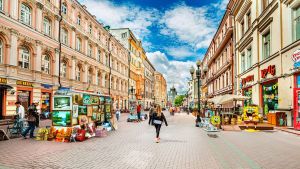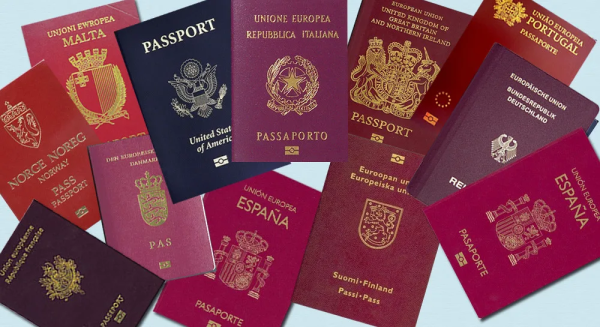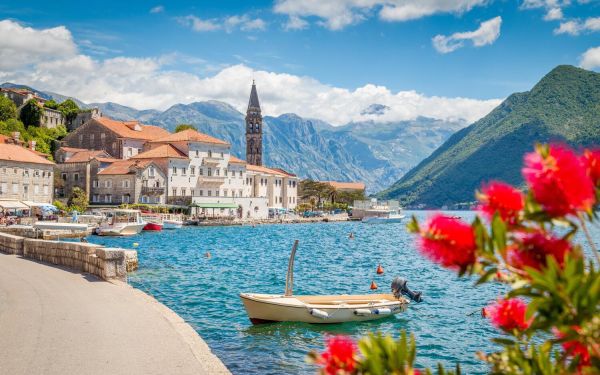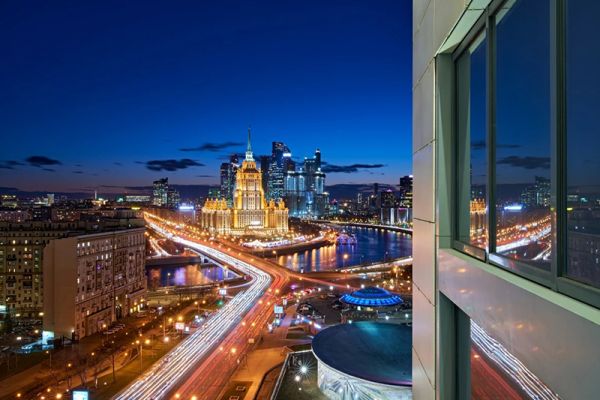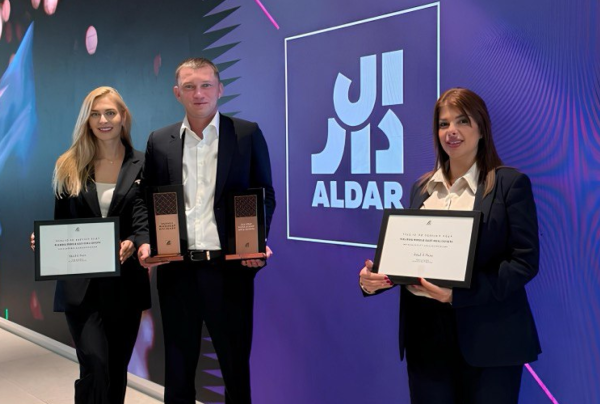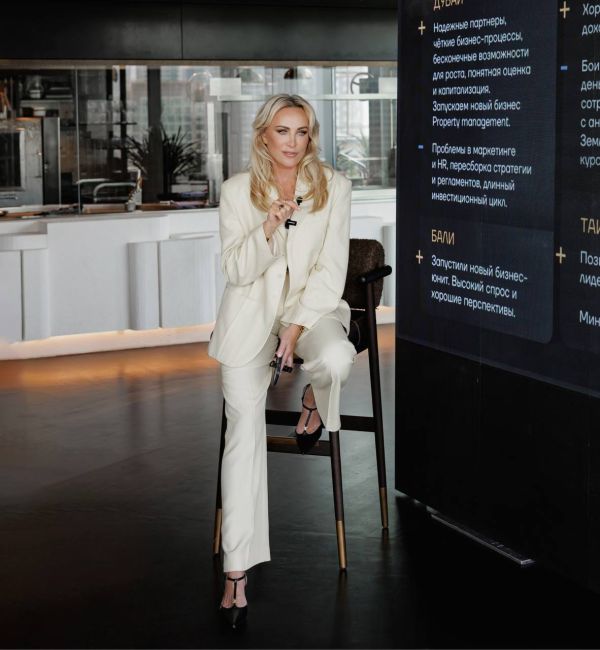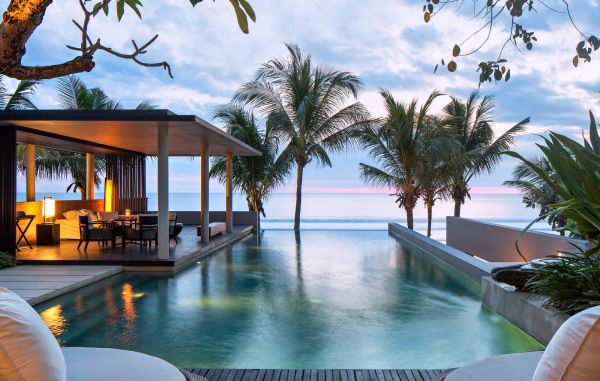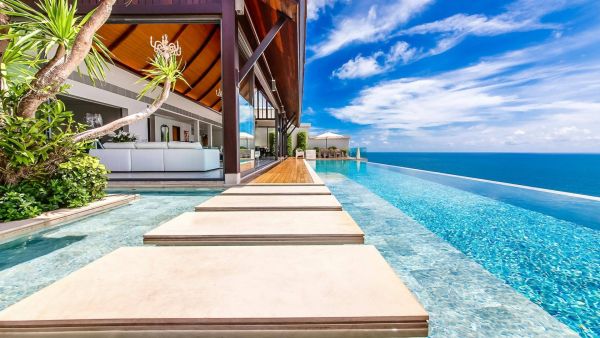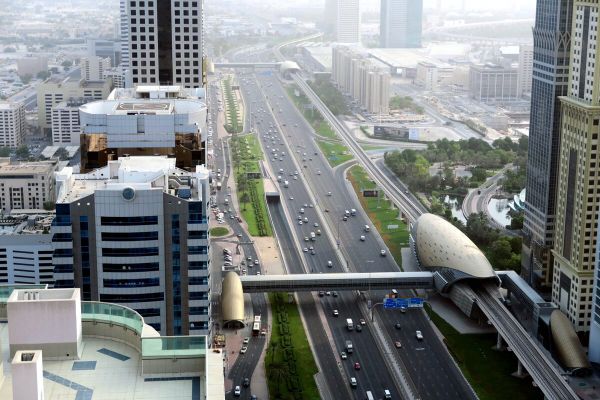Is it worth investing in real estate in the Middle East: options, risks, prospects
Read 14 min
233
In 2022, the focus of investors – both Russian and foreign – shifted to the Middle East.
Dubai has set a new record for the value of real estate transactions, and sales are also growing in other emirates. There are more and more projects and real estate objects in Saudi Arabia, Qatar. What is the attractiveness of real estate in the Middle East, how promising is this asset and what difficulties can await an investor in this region?
The real estate market in the Middle East last year became one of the fastest growing. According to experts, now the total cost of all real estate projects in the Gulf states (GCC) is $ 1.36 trillion. More than 60% of this amount falls on Saudi Arabia. It is followed by the UAE – a little more than 20%: $293 billion. In addition, the UAE, Saudi Arabia and Qatar are included in Kearney's FDI Confidence Index (FDICI) – the world ranking of the most attractive markets for investment.
Dubai is the leader among the rest of the Middle East countries in terms of the growth of real estate transactions. According to our According to statistics, 97.3 thousand transactions were concluded on it in 2022.: this is +60% by 2021. The focus of investors' attention shifted to the primary market, which accounted for more than half of sales. Moreover, Dubai has updated the record for the amount of transactions: more than 500 billion dirhams or almost $144 billion (+76% by 2021).
And in the 1st quarter of 2023, the growth in demand for real estate in Dubai continued. 31 thousand deals were concluded – this is +51% by the 1st quarter of 2022. The average lot price in residential complexes under construction with apartments is 2.2 million dirhams, villas on the primary market are 3.4 million dirhams.
In addition, we see an increase in investor interest in Abu Dhabi: in the 1st quarter of 2023, 2.6 thousand residential real estate transactions took place here - this is +63% compared to the 1st quarter of 2022. More than 70% of the demand is for new buildings, and the most interesting locations are the islands of Yas and Saadiyat.
But not only Dubai and Abu Dhabi attract investors. In addition to them, the real estate markets of Oman, Kuwait, Qatar and Bahrain are actively developing. The share of each of these countries in the total cost of real estate projects in the Middle East does not exceed 5% yet, but it is gradually growing.
Where and why it is worth investing in the Middle East
Transparency of government regulation, the range of opportunities in a particular market, tax rates and ease of paying taxes are important for investors in different sectors. The quality of infrastructure, political stability, the availability or absence of raw materials (for example, oil) are also important. Many countries in the Middle East meet all these criteria. This also adds to the active growth of the region's economy and the increase in its importance in the world energy markets. All this makes the Middle East a potentially attractive destination for investing money – including in real estate.
The real estate market of the Middle East itself is interesting in several ways. Firstly, it is the simplicity of transactions and settlements: in the UAE, for example, you can safely pay with cryptocurrency. Secondly, in Dubai there is an interest-free installment plan for almost all developers: for apartments and villas. It is also available to foreigners.
You can make money on real estate in the Middle East both by renting out objects and by speculative transactions – that is, entering and exiting the project.
In Dubai, the average yield from renting out real estate is from 7% to 10% per annum, and in some cases even 12%. The exact figures depend on which project, at what stage it was purchased, at what rate to hand over. The average yield on speculative trades also depends on various factors. The increase in prices for real estate in Dubai varies from 20% to 40%, and if you choose the most liquid project with a comfortable plan for interest-free installments, then there is every chance of getting a yield above 100% per annum. We have clients who last year earned 115% and 125% IRR (internal rate of return, return on investment invested in the project).
Since the market is growing, it is now very important to closely study the liquidity of each object. At the moment, niche complexes have the highest liquidity – these are small residential complexes (up to 150 apartments on average) in unique locations and with interesting infrastructure. For example, such locations will be the islands of Saadiyat and Yas in Abu Dhabi, this is the entertainment island of Qetaifan in Qatar with floating hotels and beach clubs. There are niche projects that cannot be repeated, and therefore they have high liquidity.
Towers-new buildings in the Emirates are more difficult to implement profitably. There are a lot of them, there are about 600-800 apartments in each, investors will exit the project at about the same time, and this does not allow the objects to increase the marginality necessary for the investor. The liquidity of such real estate is lower than that of niche projects, and many customers are now facing this. They bought a large number of objects last year, they were promised resale in 6-8 months, but now we see that it is almost impossible to resell these objects even at face value.
For speculative transactions, the most profitable segment of real estate is deluxe. First of all, because it is niche. The volume of supply in this segment is low, and the demand is very high. Also, the elite segment shows the greatest resistance to fluctuations in the economy and other external factors, so such projects have a large margin of safety both in terms of price growth and liquidity. The term of exposure of elite objects is long – a year and a half, and in any market during this period it is possible to sell real estate. In the lower segment, the exposure period is several months or even weeks – and it becomes much more difficult to sell an object, especially in the segment of new buildings.
Specific facilities and minimum call amounts vary from region to region. In Dubai, these are residences from $8 million. In Abu Dhabi, there are apartments on Saadiyat Island: Nobu Residences, where we expect sales to start with a price tag of $5 million, and a unique Source II residence (from $2 million) opposite the Sheikh Zayed Museum. All this is from the developer Aldar Properties. In Oman, we recommend investing in villas and estates in the Al Mouj project, from $10 million. Here is a unique residence with private access to the open Indian Ocean. There are smaller villas, the cost is from $ 3.5 million. And in Bahrain, it is worth investing in Four Seasons residences, which are located in the very center of Manama (the capital), with views of the canal and an overview of both the central part of the city and the sea and other islands.
Risks and difficulties of investing in the Middle East
From the point of view of geopolitical risks, which have been worrying many investors since last year for obvious reasons, the Middle East can be considered safe at a particular moment. Now he is quite neutral towards Russian citizens, does not create special restrictions and obstacles to concluding transactions, conducting international transactions, and so on.
The reliability of developers in the Middle East also does not cause concern. All transactions are conducted through escrow accounts, so even in the event of a slowdown in construction, the delivery of a substandard object or even the bankruptcy of the developer, the investor is protected.
The main difficulty, first of all for the UAE, is the loss of liquidity, which we have already faced this year. People want to resell real estate and make money on speculation, but it is difficult for them to do it: demand is so high that developers are constantly bringing out more and more new projects. As a result, they prevent investors from exiting projects.
Risks for falling liquidity are also created by the fact that Dubai is a jumpy market, where there is always a lull after rapid growth. There is a risk of falling into the so-called demand pit: perhaps even next year, if prices start to adjust. This will also create difficulties for getting good earnings on speculation. But while the real estate market in Dubai is very active and there is no clear understanding when exactly this slowdown will begin.
In addition, there are points related to the specifics of the market – as in any other country. First of all, we are talking about legal and financial aspects: the transfer of money, the conclusion of a contract with a developer, the specifics of the rejection of a real estate object, and so on. There are a lot of specifics in the Middle East, it is very different from the European market, so ideally find a good consultant who knows the market deeply and in detail, has been present on it for a long time and sees all the pitfalls.
How long will the Middle East be of interest to investors
Now the Middle East is an actively developing region showing strong economic growth and a rise in GDP. Many countries in the region have comprehensive development programs until 2030 or until 2040 – for example, in Dubai, Bahrain. The authorities are investing a lot of money in improving infrastructure, in tourism and entertainment projects.
In particular, the Palm Jebel Ali project is being revived in Dubai: an artificial island that will become the standard of life and recreation on the seashore and will eclipse Palm Jumeirah – the largest man-made island in the world. More than 80 hotels and resorts will appear on Palm Jebel Ali. In addition, by 2040, the area of public beaches in Dubai will increase to 105 km: today it is 21 km.
Also, the first casino in the UAE will appear in the Emirate of Ras Al Khaimah: as part of the Wynn Al Marjan Island Resort. And in Abu Dhabi, on the island of Saadiyat, there will be a unique project - Saadiyat Cultural District. This is a cultural area that combines museums, galleries and a multinational center, where a Muslim mosque, a Jewish synagogue and a Christian church are connected in one complex.
The entire UAE region, especially Dubai, Abu Dhabi and Ras Al Khaimah, will be potentially interesting to investors in the near future. And even if at some point prices reach a plateau, in the future they will still resume growth.
In addition to the listed emirates, we see a large increase in demand and prices in Bahrain and Saudi Arabia. Just the other day there was news that these regions will develop as a single tourist space, and we already see great interest in them both from Russians and from residents of other countries.
Oman is also interesting for investors, which also attracts tourists and is in high demand. This is probably the only country in the region that has preserved its traditional identity and interest in terms of climatic conditions, so it will be in demand from cultural tourism.
The countries of the Middle East attract the attention of investors not only in the real estate segment. In 2022, an IPO boom began here: startups in the region received 179% more money than in 2021. Global investors have made 191 transactions totaling $19.8 billion. And, as the Financial Times notes, the Middle East in 2022 was the only region where the cost of investment grew year-on-year.
Large international investors who manage American and European assets come here. Companies in Saudi Arabia, Abu Dhabi, and Dubai receive special attention. This also contributes to the growth of the region and its investment attractiveness.
Now we can say with confidence that real estate in the Middle East is a potentially profitable asset, and for different categories of investors: for small, for large, and for funds. The market is open to a wide range of customers, and although there are pitfalls and certain risks on it, it is now quite stable and actively growing. Therefore, in the near future the number of transactions here will increase.
Read also
Stay up to date with the latest news
We promise to send only interesting and important articles.
